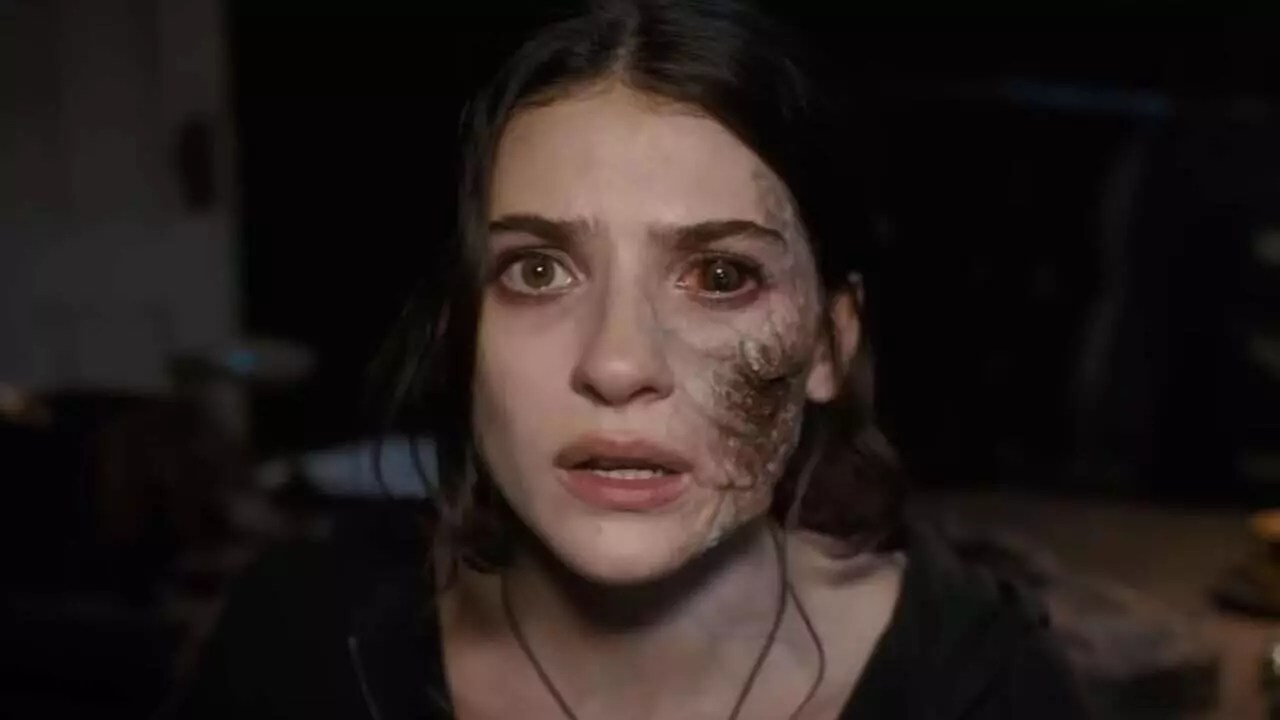The chilling anticipation surrounding the film adaptation of Supermassive Games’ acclaimed horror video game “Until Dawn” is palpable. Set to debut in theaters on April 25, the movie features a promising cast, including Odessa A’zion, Michael Cimino, and seasoned actor Peter Stormare, who portrays Dr. Hill. The film’s plot centers around Clover, who embarks on a nerve-wracking journey with her friends to uncover the mystery behind her sister Melanie’s puzzling disappearance in a remote valley. Their quest for clarity turns into a fight for survival against a relentless masked killer, and the eerie concept of a time-loop amplifies the tension, placing them in a continuous cycle of danger and dread.
While some adaptations fail to capture the essence of their source material, “Until Dawn” as a film treads a unique line between fidelity and fresh narrative exploration. Rather than serving as a direct retelling of the game, this adaptation intertwines elements of the interactive experience—primarily the concept of a time-loop that confronts the characters with repeated deaths. This intriguing narrative decision is reminiscent of the game’s mechanics that allowed players to make consequential choices, resulting in varied outcomes. The film nods to this by repeatedly resetting the storyline, thereby enabling the audience to engage in the horror alongside the characters, who must navigate different horror genres each time they “revive”.
Director David F. Sandberg emphasizes the original aesthetic of horror woven throughout the film. Each time the characters return to life, they find themselves enveloped in a different horror genre, increasing the stakes as they face varying threats. This element not only keeps the viewers engaged but also serves as a creative commentary on genre conventions themselves. By playing with the malleability of horror tropes and allowing the narrative to morph, “Until Dawn” promises a fresh yet familiar chilling experience that may appeal to both fans of the game and newcomers alike.
The Broader Context of Video Game Adaptations
“Until Dawn” is part of a larger trend in the entertainment industry, where video games are increasingly being adapted for the silver screen. The success of adaptations like HBO’s “The Last of Us” has set a high bar. Following “Until Dawn,” several other adaptations will also hit theaters, such as the Minecraft Movie and Mortal Kombat 2, indicative of the industry’s growing recognition of video game storytelling potential. The overlapping release of Supermassive Games’ upcoming sci-fi horror title, Directive 8020, reflects a dynamically evolving storytelling landscape in both video games and films.
With its original take on both the horror genre and the intricacies of storytelling within video games, the film adaptation of “Until Dawn” is poised to carve its own niche in the realm of horror cinema. As viewers brace themselves for the spine-tingling escapade come April 25, there lies an interesting dialogue awaiting them between gaming interactivity and traditional cinematic narrative. The intrigue surrounding Clover’s fate, entwined with the unique mechanics introduced in the adaptation, could very well signal a noteworthy evolution in how beloved video game narratives are translated into film.


Leave a Reply